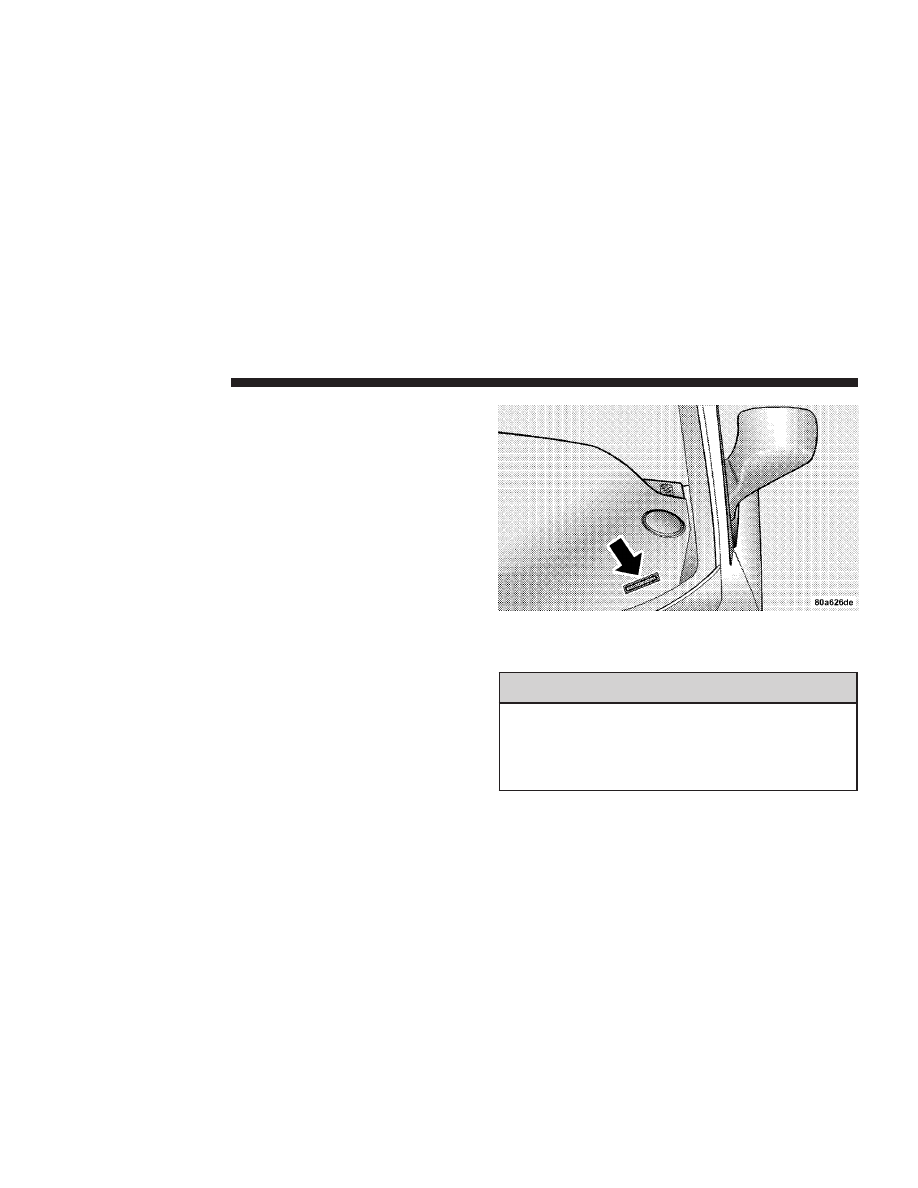Dodge Neon (2005 year). Manual - part 1

WARNINGS AND CAUTIONS
This manual contains WARNINGS against operating
procedures which could result in an accident or bodily
injury. It also contains CAUTIONS against procedures
which could result in damage to your vehicle. If you do
not read this entire manual you may miss important
information. Observe all Warnings and Cautions.
VEHICLE IDENTIFICATION NUMBER
Vehicle Identification Number (VIN) is found on a laser
etched plate, located on the left front corner of the
instrument panel, visible through the windshield. This
number also appears on the vehicle registration or title.
VEHICLE MODIFICATIONS / ALTERATIONS
WARNING!
Any modifications or alterations to this vehicle
could seriously affect its roadworthiness and safety
and may lead to an accident resulting in serious
injury or death.
Vehicle Identification Number
6
INTRODUCTION